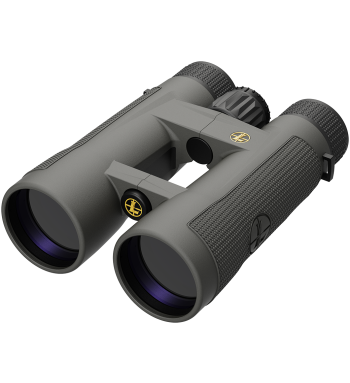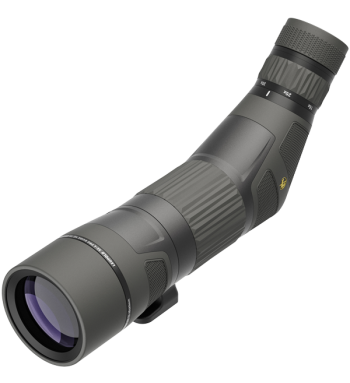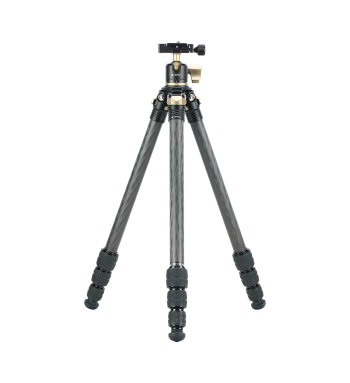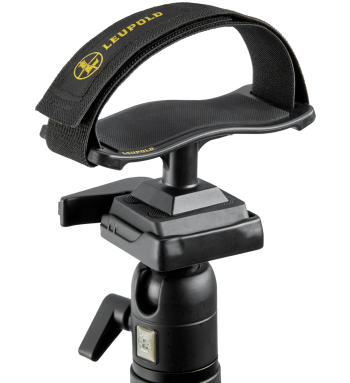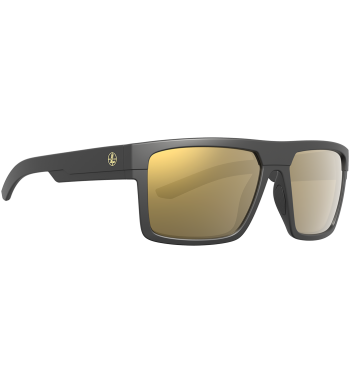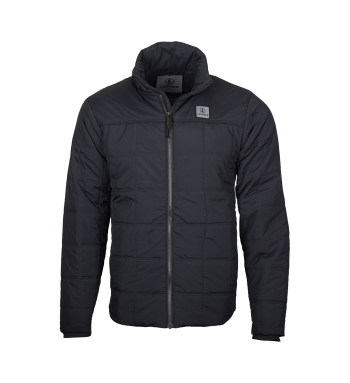Three Tips To Find More Sheds
Three Tips To Find More Sheds
Shed hunting is a fun spring time hobby that cures cabin fever and continues the year-round pursuit of hunting. The knowledge and wisdom I’ve gained through hunting for sheds has made me a better outdoorsman, hunter, and has helped me harvest some of my most prized game animals.
From getting in shape and learning more about the wild animals we hunt, to learning new areas and picking antlers off bulls we never knew existed, the benefits of shed hunting are great. Some days will be grueling, but after fifteen years and thousands of hours combing through different terrain, I’ve learned a thing or two when it comes to finding more sheds, specifically elk. While elk live in many different environments, you’ll find that the following tips apply to just about anywhere. And when shed season is over, the pile of antlers in your living room will be a memento you can look back on forever.
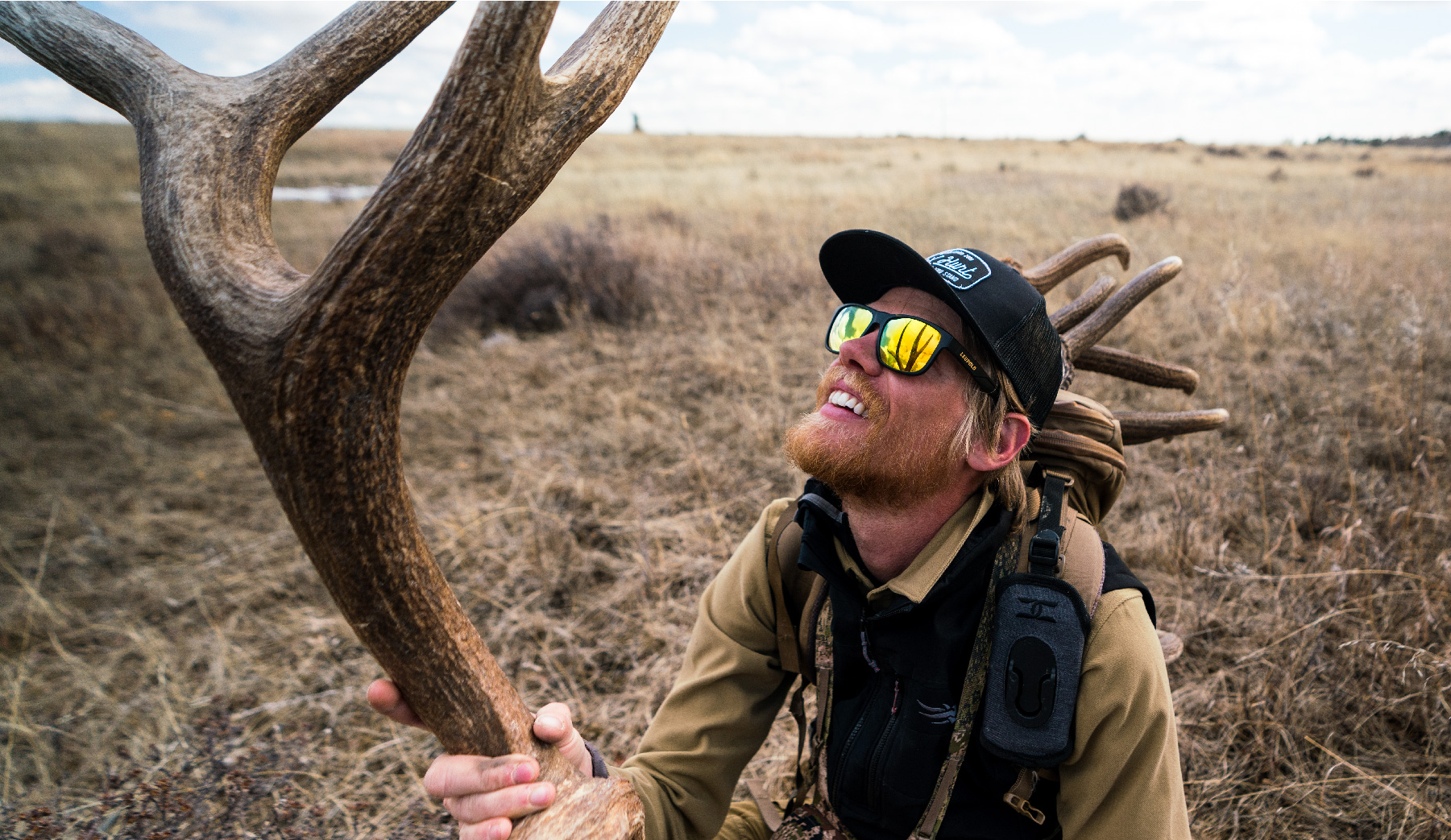


Tip 1: Find Their Winter Range
Instead of wandering the woods in search of that elusive ivory tip, you should first find the areas where bull elk spend time in winter and spring. The most effective way to find these areas is to scout during the winter months. After the rut, bulls will group together in bachelor herds and migrate to their winter range. This move could be 2 miles or 100 depending on the area. Often, these bachelor herds can be found feeding on southern facing, wind-swept slopes and at elevations high above most predators. The silver lining? Many of these areas are occasionally visible from a road, making a good pair of 15x56 binoculars or a spotting scope key.
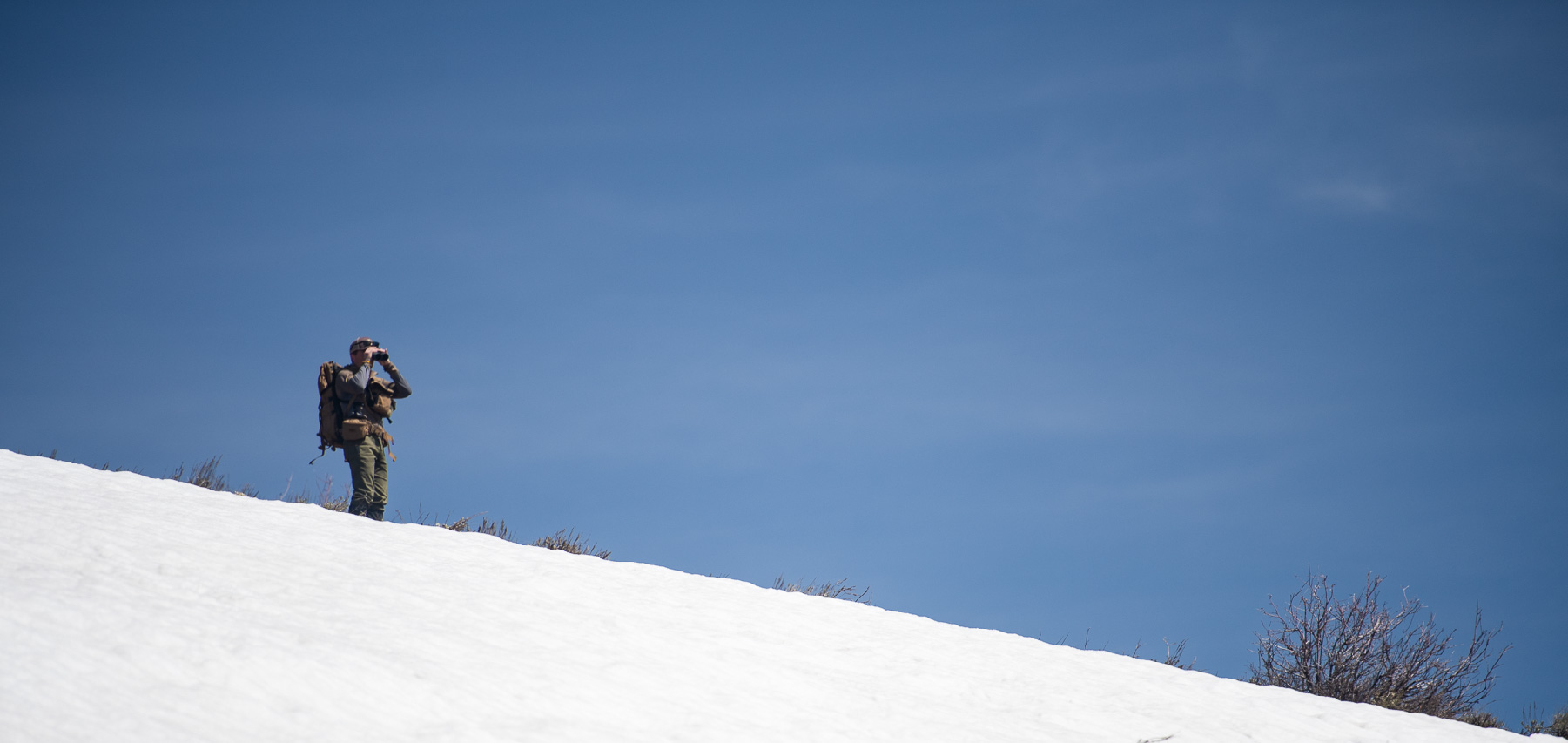


Tip 2: Cow Sign Is A Bad Sign
While scouting in the winter or shed hunting in the spring, if you come across cow elk or their sign, you’re in the wrong spot. Move to a higher elevation and focus on searching more secluded areas to find where the bulls are. Cow elk often spend winters in valley bottoms and foothills, while bulls often winter in much higher elevations, far above the reaches of predators and often in deep snow. If you’re not sure if the elk sign you’re seeing is bull or cow, then look around for fresh rubs on trees. Bulls rub their antlers on trees all winter, so it’s a good sign you’re in the right place.
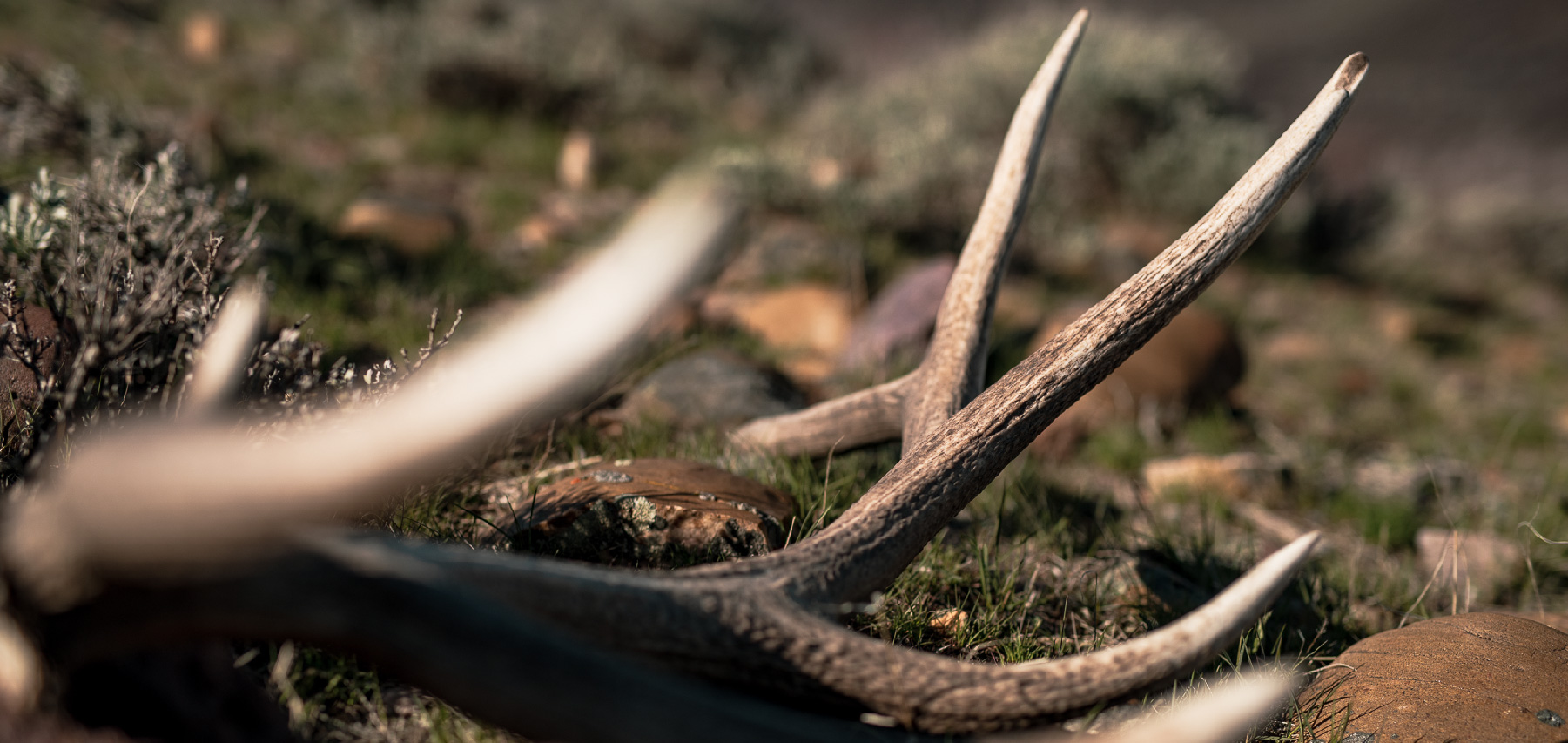


Tip 3: Hike More To Find More
There's a direct correlation between miles hiked and sheds found. When I started shed hunting my sheds-found to miles-hiked ratio was about 1:10. So if you’re in an area that you know has bulls but you’re not finding sheds, just keep hiking. Better yet, if you’re in an area where you can glass some open faces, let your eyes do the walking for you with a good pair of binoculars. A typical day of shed hunting for me starts at sunrise and I hike until I run out of daylight, often putting in over fifteen miles each day. After years of accumulating shed hunting experience and by applying the previous two tips, my ratio has improved to 1:5.
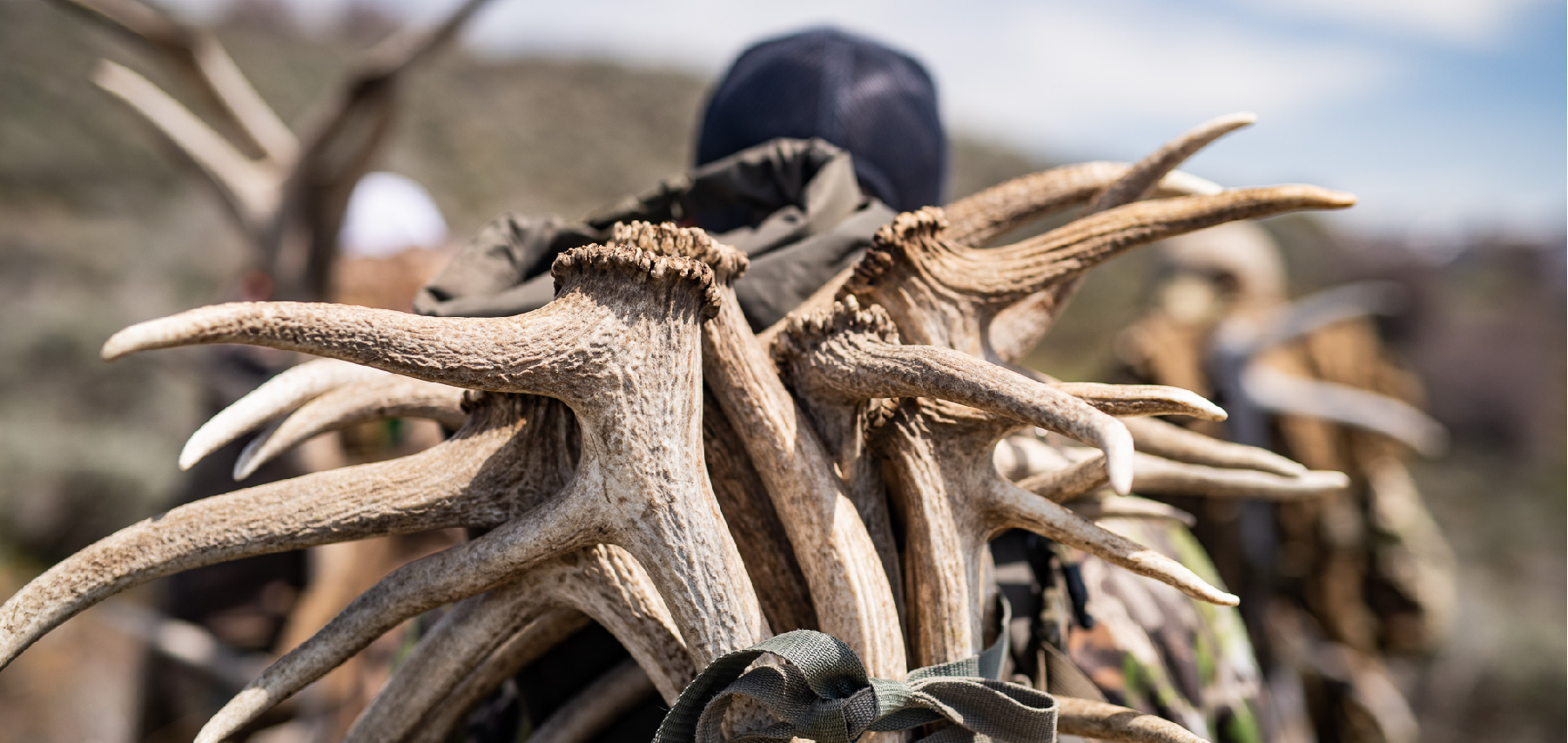


Shop Shed Hunting Gear
Related Blog Posts
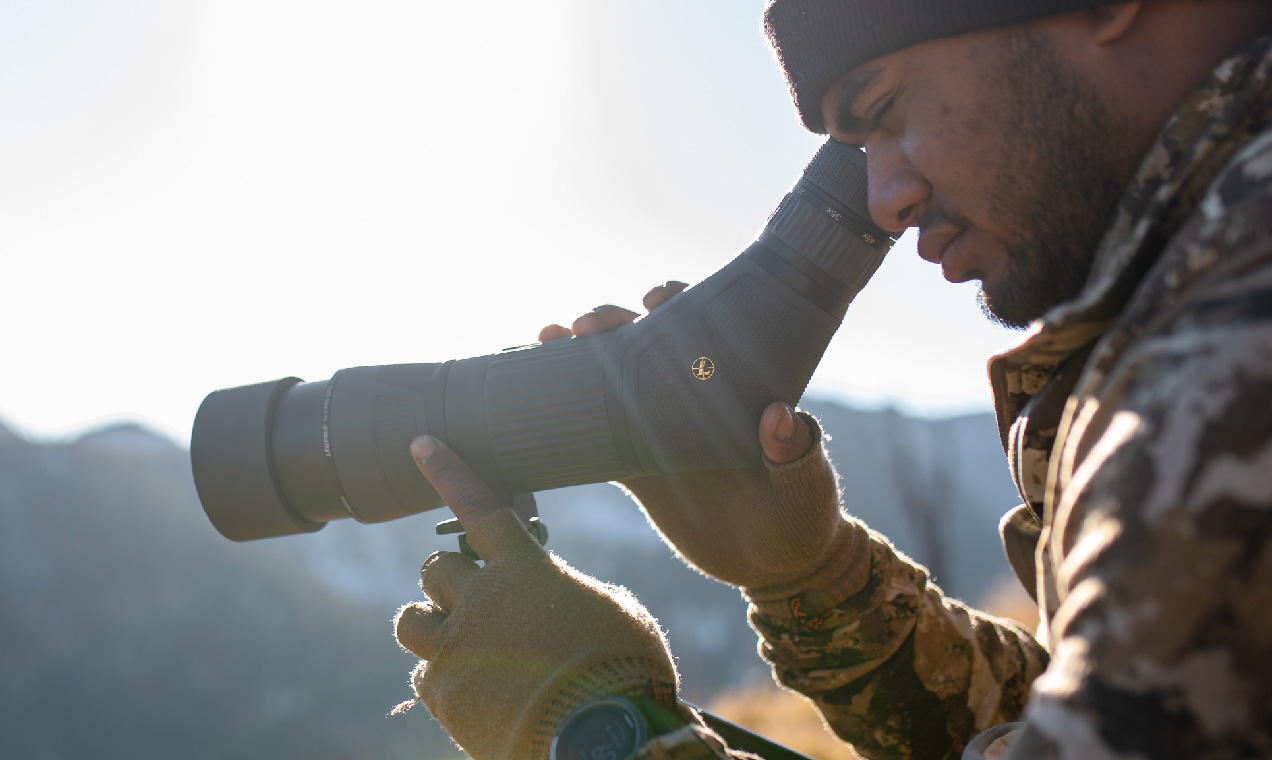


We’ve compared the key features and benefits of our different models in order to shed light on the details that matter most when it comes to choosing the right spotting scope for your shooting or hunting needs.



Compressed Air
Most dust and debris can be removed by blowing the optic with compressed dry air. A portable blower like the Giottos Rocket Air Blaster makes a great addition to your field kit.
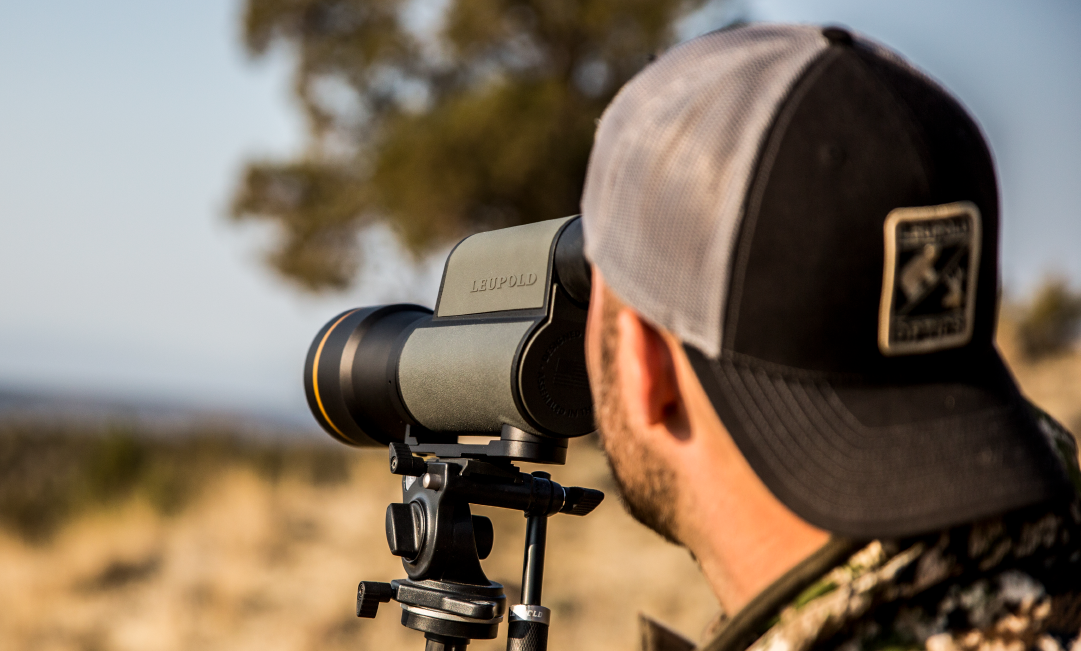


Gold Ring HD
Proven performance, outstanding image quality, wide field of view, and a compact size; our Gold Ring HD spotting scopes have it all. Full-size models feature our unique Folded Light Path System, which uses mirrors rather than a heavy prism to create a more compact, lightweight design. This system also handles abuse better than prism systems, making it ideal for hunters or anyone else putting their optics through the paces. The Gold Ring Compact spotting scopes maximizes pack-ability thanks to a lightweight, compact housing.
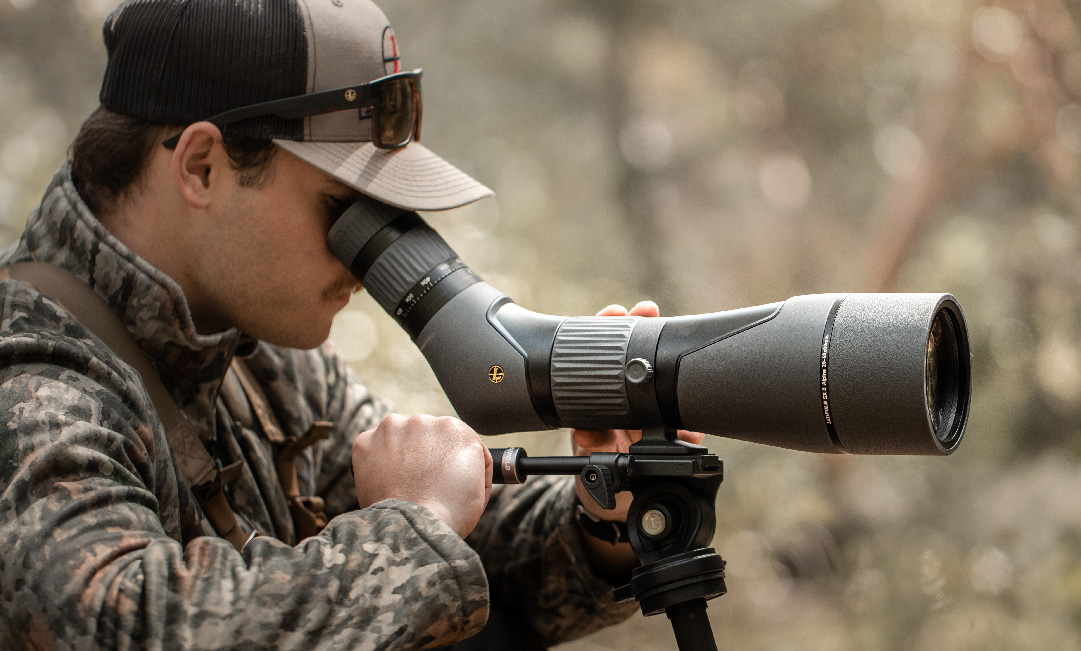


SX-2 Alpine HD
Whether you’re spending the day at the range or heading out for your first big game hunt, the SX-2 Alpine HD is a great addition to any hunter or shooters kit. It’s incredibly rugged and 100% waterproof and fogproof. It features an oversized eyepiece that allows for comfortable all-day glassing, and Leupold’s Twilight Max Light Management System, which helps you see more in less light, while reducing glare.
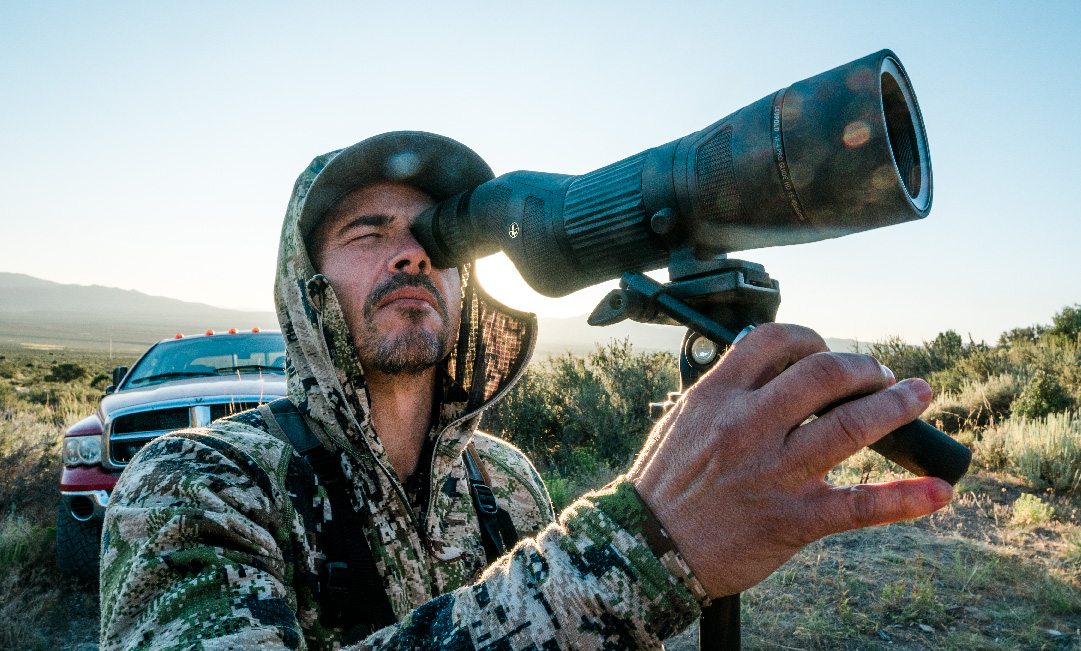


SX-4 Pro Guide HD
Proven performance, outstanding image quality, wide field of view, and a compact size; our Gold Ring HD spotting scopes have it all. Full-size models feature our unique Folded Light Path System, which uses mirrors rather than a heavy prism to create a more compact, lightweight design. This system also handles abuse better than prism systems, making it ideal for hunters or anyone else putting their optics through the paces. The Gold Ring Compact spotting scopes maximizes pack-ability thanks to a lightweight, compact housing.
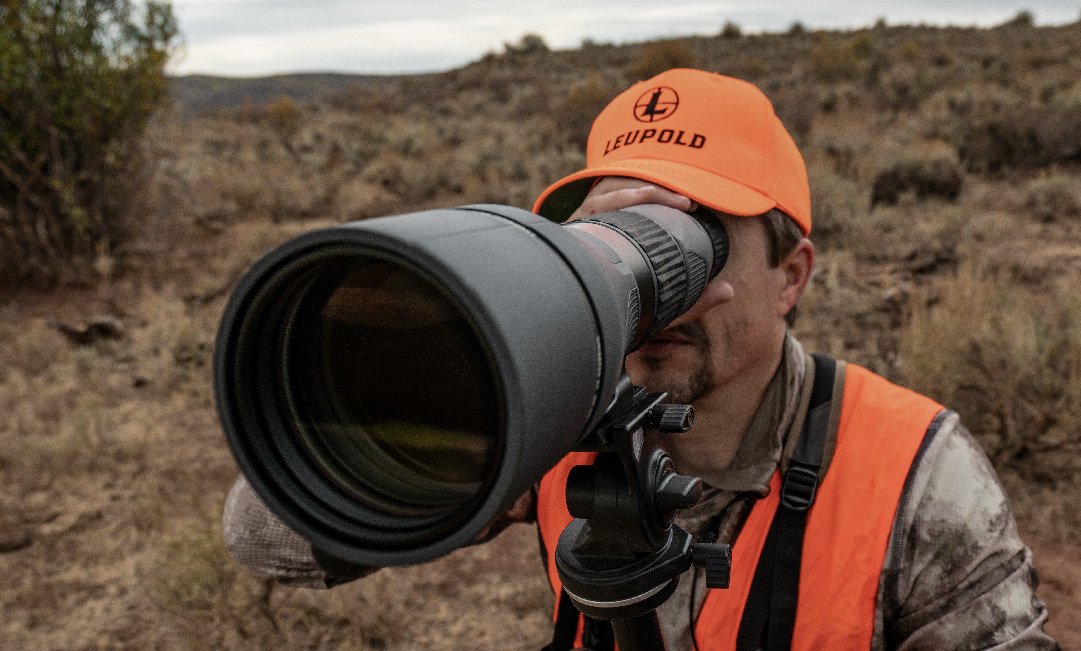


SX-5 Santiam HD
We designed this spotting scope with one thing in mind – performance at the highest level in the toughest conditions. Whatever you ask, it’s going to deliver and deliver big. Built around our Twilight Max HD Light Management System, which helps you see more in less light, the SX-5 Santiam HD epitomizes relentless performance. Built for elite shooters, professional guides, and dedicated hunters, the SX-5 Santiam HD is truly the best of the best.




